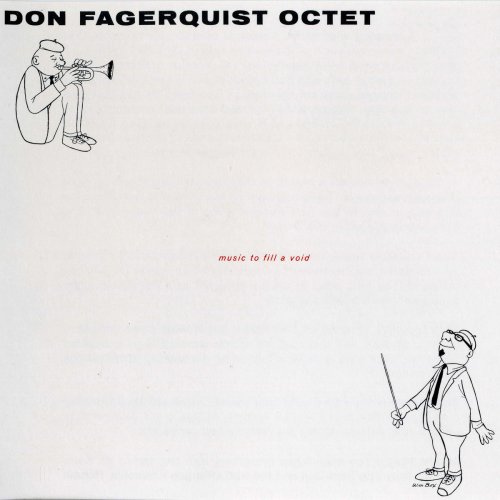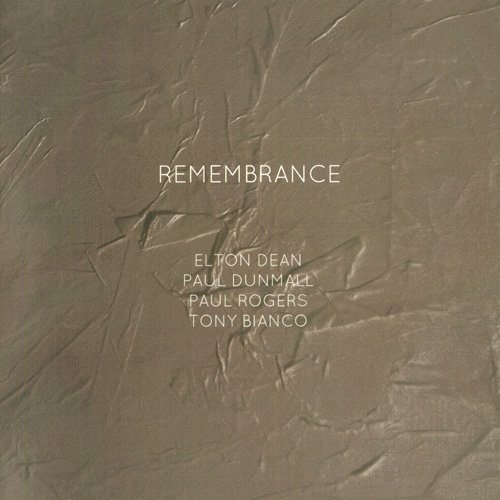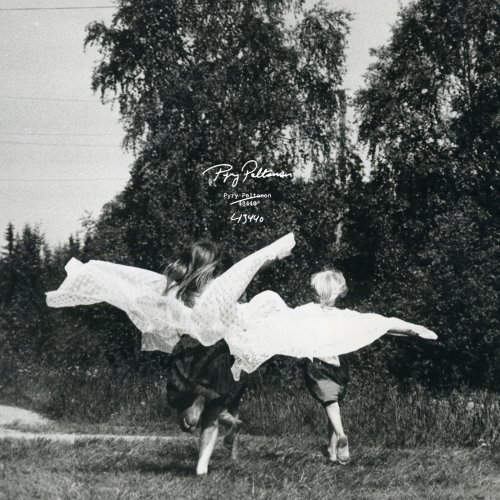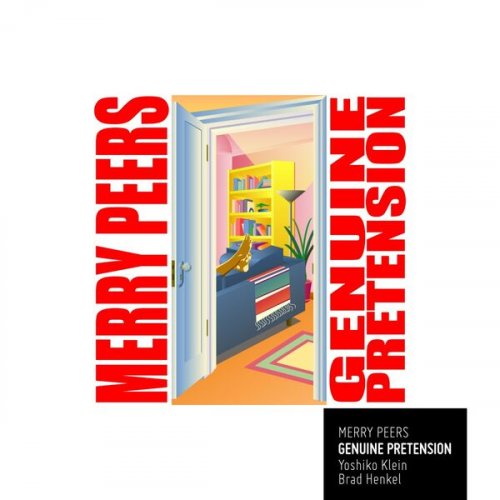Don Fagerquist - Music To Fill A Void - Eight By Eight (1985/2020)

Artist: Don Fagerquist
Title: Music To Fill A Void - Eight By Eight
Year Of Release: 2020
Label: Grey December
Genre: Jazz
Quality: FLAC (tracks)
Total Time: 33:43 min
Total Size: 186 MB
WebSite: Album Preview
Tracklist:Title: Music To Fill A Void - Eight By Eight
Year Of Release: 2020
Label: Grey December
Genre: Jazz
Quality: FLAC (tracks)
Total Time: 33:43 min
Total Size: 186 MB
WebSite: Album Preview
01. Aren't You Glad You're You
02. Easy To Love
03. Smoke Gets In Your Eyes
04. All The Things You Are
05. The Song Is You
06. Time After Time
07. Easy Living
08. Lullaby Of Broadway
Trumpeter/arranger Fagerquist defines the typical West Coast cool sound, and his band plays every nuance, phrase, and measure in hushed tones as a reserved, attractive, easily likable pure jazz persona. The band features such notables as alto saxophonist Herb Geller, valve trombonist Bob Enevoldsen, pianist/arranger Marty Paich, and drummer Mel Lewis. Lesser knowns such as second trumpeter Ed Leddy, baritone saxophonist Ronnie Lang, bassist Buddy Clark, and French horn player Vince DeRosa prove their mettle amongst the tall California redwood big names. The octet plays eight reworked standards, some like "Easy to Love" much cooler than the others, and "Smoke Gets in Your Eyes" a fine, full, and mellow ballad, both trumpet led. Though typical of '50s cool, "Aren't You Glad You're You?" has a hopping "Would You Like to Swing on a Star"-type melody, trumpet and trombone upfront, piano setting up the horns who throw this melody down, while the easy swinger "All the Things You Are" is somewhat predictable but rich in harmonic content. It's clear this is Fagerquist's session and he deals the melodic cards on "The Song Is You," the others playing a second line, then the whole section counterpoints the third. They're all over the place, bouncing here and there during "Time After Time," and DeRosa leads into trumpet on "Easy Living," followed by a tip-toe traipsing bridge chart for all. The most challenging arrangement crops up on "Lullaby of Birdland." The first half of the melody is cleanly stated, the other half broken up and reassembled several times over, a good swinger as Geller's alto gets the spotlight in a Bird-like solo with more counterpoint and Enevoldsen's trombone trading lines with Geller. This is a sleeper, one that doesn't jump out and grab you graphically, and the names are innocent, most notably Fagerquist's. Still it's a session that should not be ignored as one of the hallmarks of Pacific jazz expressionism in those feel-good times and a pivot point in jazz recordings of glorious 1957. Highly recommended.
![Sam Most - But Beautiful (2025) [Hi-Res] Sam Most - But Beautiful (2025) [Hi-Res]](https://img.israbox.com/img/2025-12/12/n19esmi2zxvr716zw8citn0dv.jpg)



![Coco Chatru Quartet - Lost Christmas (2025) [Hi-Res] Coco Chatru Quartet - Lost Christmas (2025) [Hi-Res]](https://www.dibpic.com/uploads/posts/2025-12/1765719561_coco-chatru-quartet-lost-christmas-2025.jpg)



